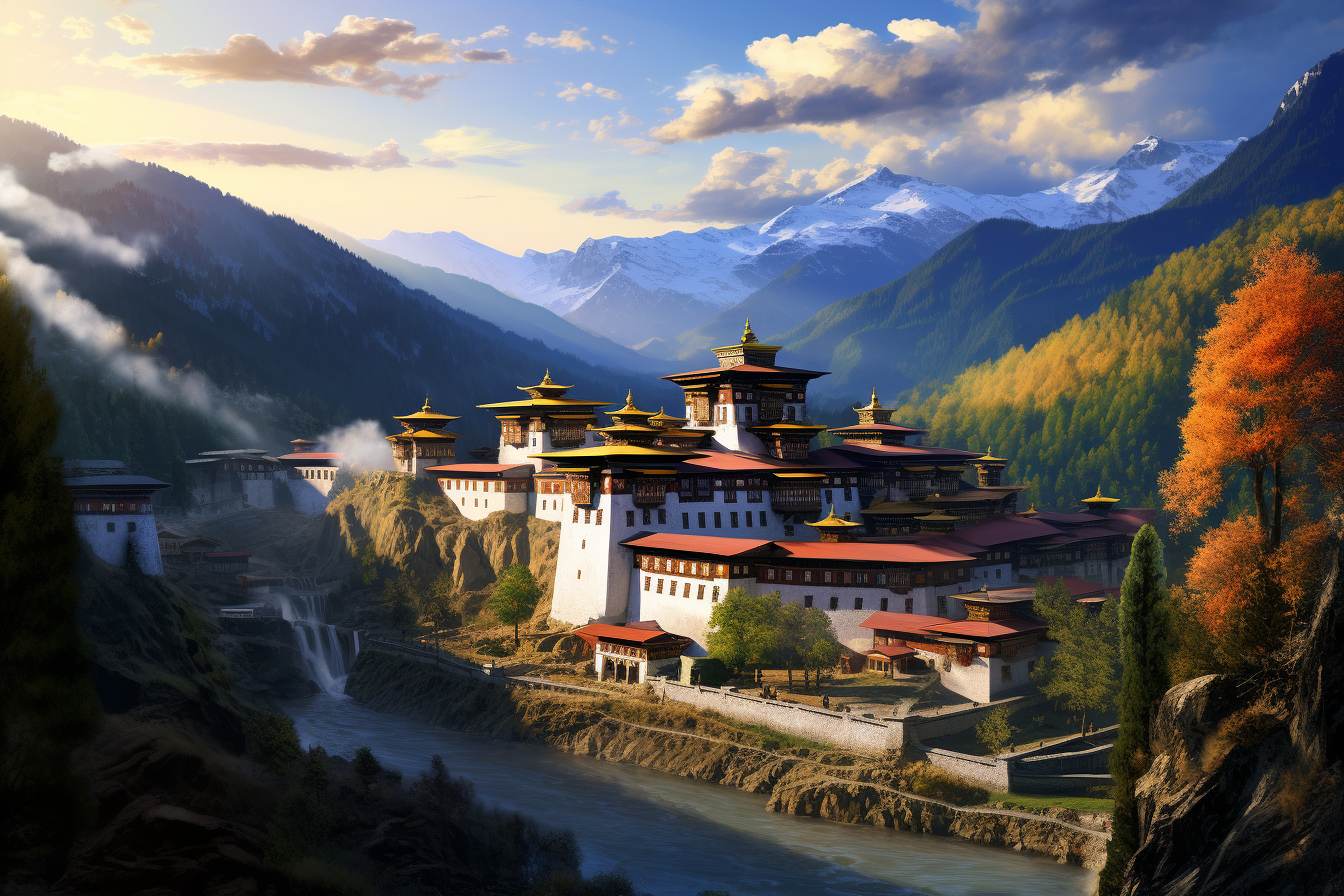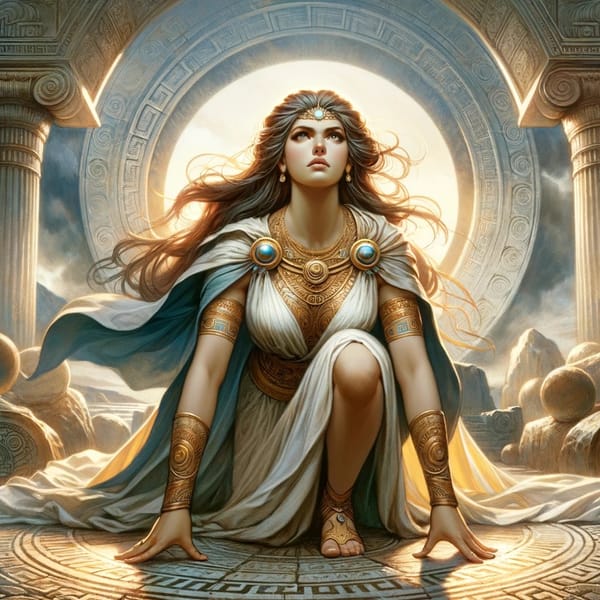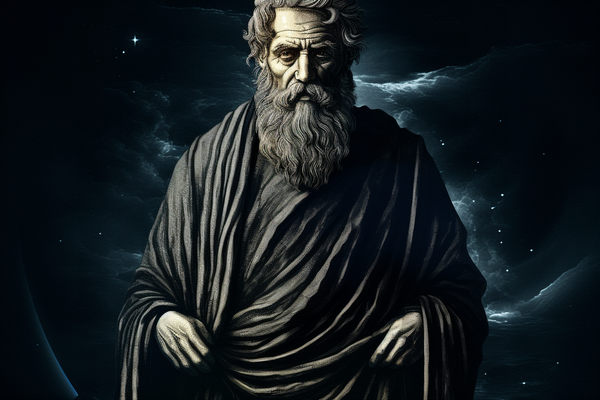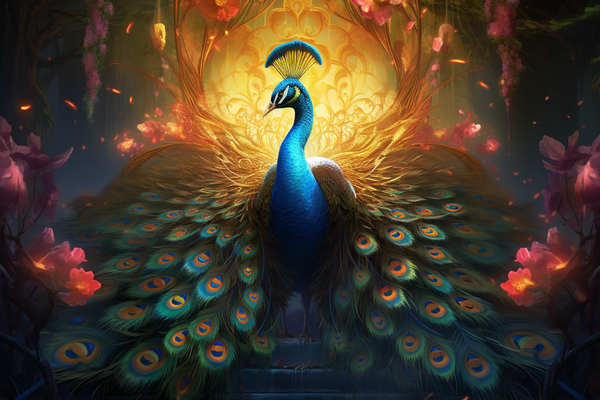A Timeline of Bhutan
a broad timeline of Bhutan.

Neolithic Settlements (circa 2000 BC - 1500 BC)
The earliest evidence of human habitation in Bhutan traces back to the Neolithic age. These early inhabitants were primarily hunter-gatherers, leaving behind stone tools and artifacts that provide insights into their way of life.
Bon Religion and Animism (1500 BC - 500 BC)
As communities grew, the indigenous Bon religion began to take root. This pre-Buddhist belief system, combined with animistic practices, formed the spiritual foundation for the people. Rituals, often centered around nature, played a significant role in daily life.
Early Tribal Clans (500 BC - 1 AD)
Various tribes and clans settled in different regions of Bhutan. Each had its distinct traditions, languages, and governance structures. These clans often engaged in trade, warfare, and alliances, shaping the early political landscape of the region.
Cultural and Trade Exchanges (1 AD - 600 AD)
Bhutan's strategic location in the Eastern Himalayas made it a crossroads for cultural and trade exchanges. Influences from neighboring regions, especially Tibet and India, began to seep in, laying the groundwork for the introduction of Buddhism in the subsequent centuries.
Introduction of Buddhism (7th - 8th century)
Buddhism was introduced to Bhutan primarily through Tibetan influence. Guru Padmasambhava, also known as Guru Rinpoche, played a pivotal role in spreading Buddhism and is revered as the second Buddha in Bhutan.
Emergence of Local Chieftains (9th - 11th century)
As Buddhism began to take root in Bhutan, local chieftains or "penlops" started to establish dominions in various valleys. These chieftains often built dzongs (fortresses) that served as religious, military, and administrative centers.
Tibetan Influence and Drukpa Lineage (12th - 13th century)
The Drukpa lineage of the Kagyu school of Tibetan Buddhism started to gain prominence in Bhutan. Phajo Drugom Zhigpo, a Tibetan lama, played a pivotal role in spreading the Drukpa teachings. The name "Druk Yul" (Land of the Thunder Dragon) originates from the Drukpa lineage.
Consolidation of Kingdoms (14th - 15th century)
Various regions of Bhutan began to consolidate under powerful chieftains. The period saw the rise of significant domains like Paro, Thimphu, and Punakha. These chieftains often engaged in alliances, conflicts, and diplomatic relations, shaping the political landscape of Bhutan.
Cultural Renaissance and Fortresses (16th century)
This period witnessed a cultural renaissance in Bhutan. The construction of iconic dzongs, like the Punakha Dzong and Paro Dzong, took place. These fortresses not only served as defensive structures but also as centers of religious and administrative activities.
Unification under the Zhabdrung (17th century)
Zhabdrung Ngawang Namgyal, fleeing religious persecution in Tibet, arrived in Bhutan and unified the country. He established a dual system of governance, separating religious and administrative functions.
Internal Conflicts and British Influence (18th - 19th century)
The country faced internal power struggles after the death of the Zhabdrung. Meanwhile, the British Empire, expanding its influence in South Asia, established relations with Bhutan, leading to treaties and delineation of borders.
Monarchy Era (20th century)
In 1907, Ugyen Wangchuck was crowned the first King (Druk Gyalpo) of Bhutan, establishing the Wangchuck dynasty. The monarchy initiated modernization efforts, including infrastructure development and educational reforms.
Modern Bhutan (Late 20th century - Present)
Bhutan continued its path of cautious modernization, balancing traditional values with contemporary needs. In 2008, the country transitioned to a constitutional monarchy, holding its first democratic elections. Bhutan is also known for its unique Gross National Happiness index, emphasizing holistic development.





